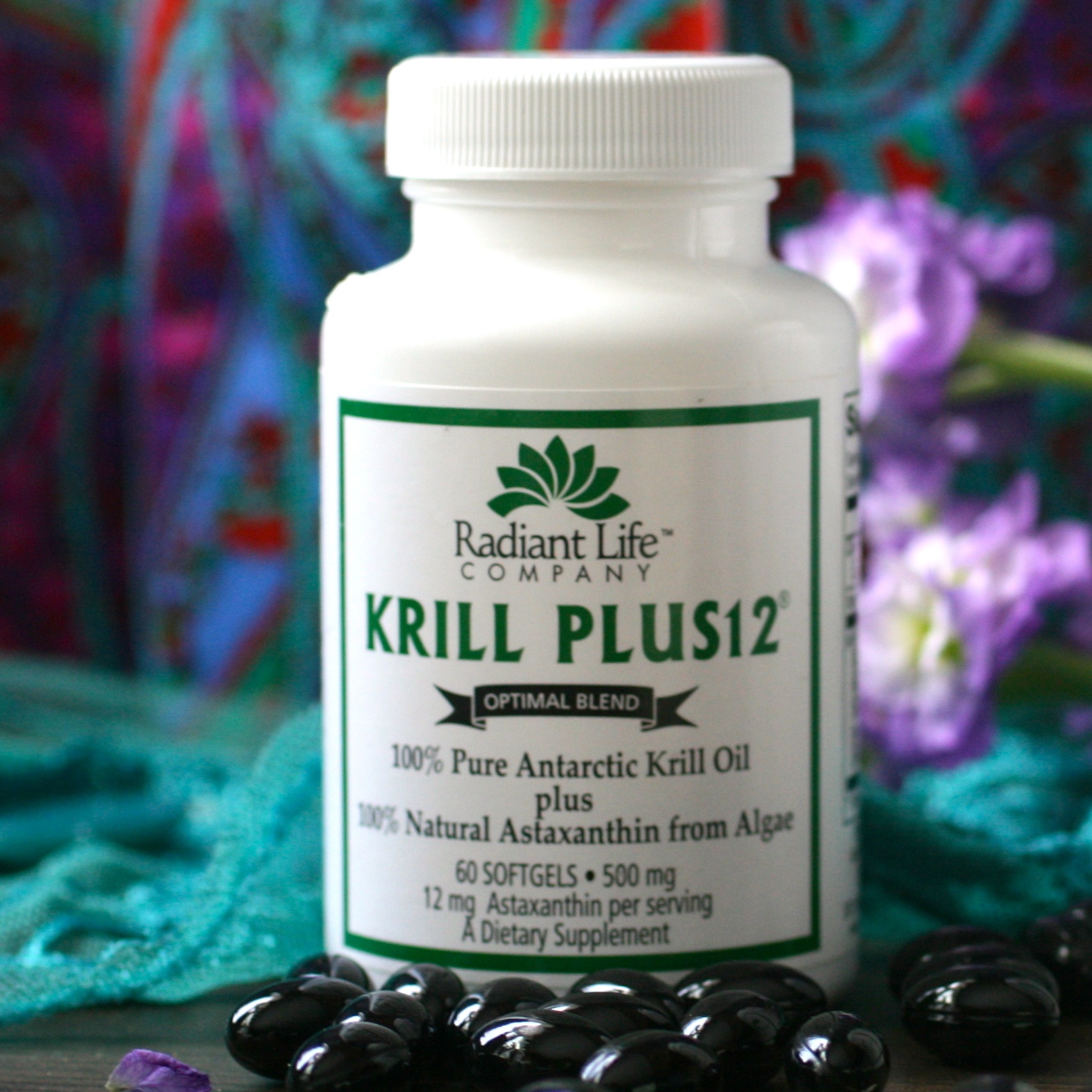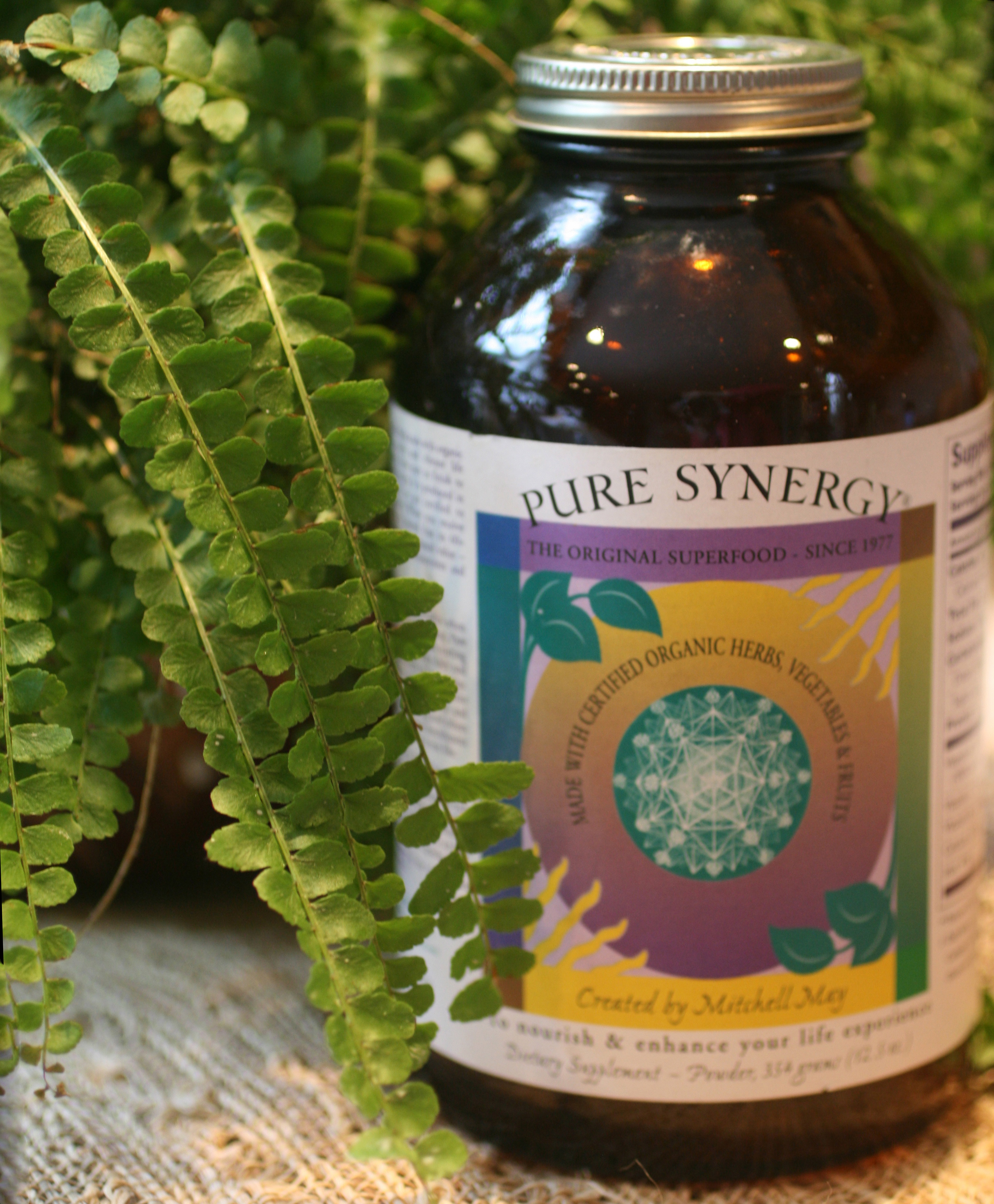For a long time conventional dietary wisdom has told us to “eat a rainbow plate.” A well intentioned but vague recommendation, it is too often misconstrued in our modern era of influential artificial colorings to include fantastically colored sugar cereals and tart pop-in-your-mouth candies. All nasty chemical dyes aside however, nature has created a veritable array of vibrantly colorful foods for our munching. One walk through a bustling summer farmer’s market and you will find a spectacular show of intriguing hues from deep orange, sunny yellow to dramatic red. Many of these natural colors appear due a variety of colorful phytochemicals called carotenoids, which when consumed have been shown to have many health benefits. Interestingly, however, it takes more than just chomping on salads and raw veggies to get adequate carotenoids in the diet.

What Are Carotenoids Anyway?
Carotenoids are beneficial organic pigments found in the chloroplasts and chromoplasts of plants and other photosynthetic organisms such as algae, some bacteria and particular fungi. These unique compounds cannot be manufactured by members of the animal kingdom, however when consumed from plant sources, offer a host of valuable metabolism regulating and immune boosting properties. Numerous studies have confirmed that people taking in a naturally carotenoid-rich diet, are generally healthier and have a lower mortality rate from a number of chronic illnesses. Today scientists have discovered and named over 600 different carotenoids, from a variety of sources and each with unique properties. Amidst this biodiversity, the most common in the North American diet is beta-carotene, which gives carrots, yams, cantaloupe, butternut squash and apricots their orange color. Tomatoes, red peppers and pink grapefruit contain lycopene, while spinach, kale and turnip greens have ample amounts of lutein and zeaxanthin. The carotenoid astaxanthin is produced by microalgae, giving wild salmon its deep pink coloring. While each particular pigment has a distinct molecular structure with diverse biological functions, carotenoids in general have shown to have the following health benefits:
Antioxidant Capacity
Perhaps the most well-known advantages of carotenoids, hundreds of clinical studies have been released exploring the function of these natural compounds as antioxidants. Carotenoids work to neutralize free radicals, the highly reactive single electrons that cause damage through our cells. By this mechanism they have been shown to have significant anti-aging and anti-cancer effects.
Immune Modulation
These unique phytochemicals actually work to enhance our immune systems, improving resistance to infection and aiding in the resolution of illness. They have been shown to bolster anti-viral capacity by supporting the antibody response to antigens as well as increase the power of white blood cells to fight infection at large.
Support Eye Health
Carotenoids have the ability to cross through a barrier to reach your retina- the light sensitive layer of tissue found at the back of the eye. Many clinical trials have demonstrated that certain carotenoids are beneficial in helping diabetic retinopathy, macular degeneration, eye strain and fatigue, as well as seeing in fine detail.
Skin Protectant
Many of these pigments work to maintain beautiful skin by protecting against the ravages of UVA radiation from the sun. Clear and consistent studies have shown that carotenoids such as astaxanthin, act as a natural sunscreen while still allowing for the proper dose of vitamin D as wll as helping with skin moisture, elasticity, smoothness, fine wrinkles and blemishes.
Pain Reliever and Anti-Inflammatory
Certain carotenoids, along with several other distinctive plant compounds, have the ability to block pain-causing chemicals in similar pathways as prescription analgesics when experienced in adequate amounts. They can thus help in pain management and healing in a more gentle way, without risks of addiction, GI upset and heartburn. Learn more about plants with inflammation fighting capabilities.
The Beta-Carotene & Vitamin A Mix-Up
Until recently, one of the only spoken of benefits of beta-carotene and other carotenoids, was that they could correct deficiencies in vitamin A. Essential for healthy skin, proper growth and development, immune function and gene expression, vitamin A is often woefully missing in the Standard American Diet. Unfortunately however, carotenoids are not the same as vitamin A. Several carotenoids are what are termed “pro-vitamin A,” meaning they contain the precursors of full vitamin A or retinol. However, studies have found that this conversion is shaky at best, with only about 3% converted in adults. The optimal sources of vitamin A, which readily contain the full, activated nutrient, are animal based. It is thus important to balance plant intake with raw milk, beef liver and cod liver oil to get sufficient vitamin A. And don’t be fooled by sneaky food labels- those neat little charts that give you the percent daily value of vitamin A actually include beta-carotene in the tally and are therefore very misleading.
5 Unexpected Ways to Boost Carotenoids in Your Diet
1. Increase Your Healthy Fat Intake
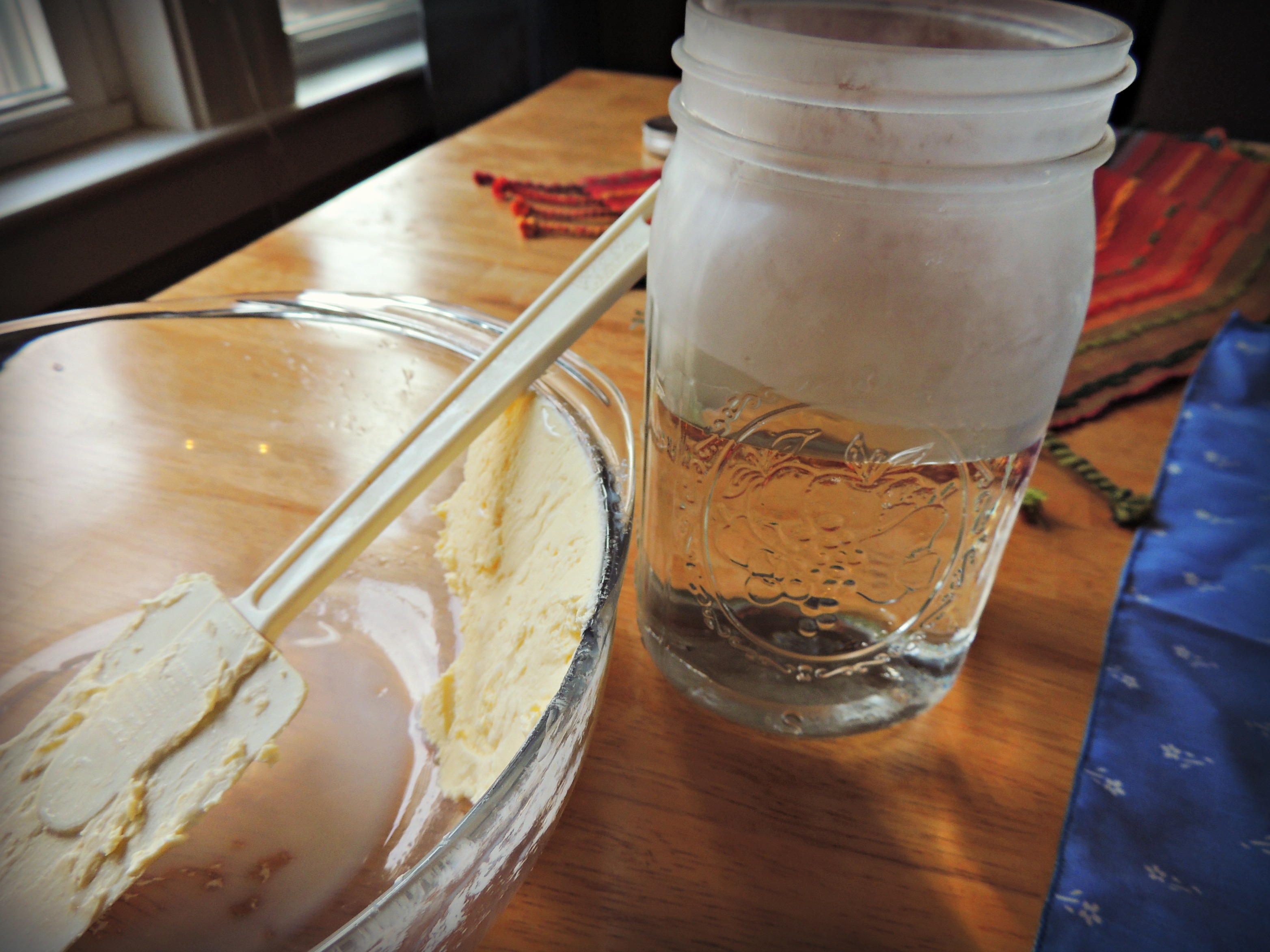
This is perhaps the most important and undervalued step one can take in optimizing their diet at large. Fats (yes, even saturated ones) are GOOD for you! Carotenoids in particular are fat-soluble nutrients. This means that an adequate amount of dietary fat is required for optimal absorption through the digestive tract. Avocados are particularly helpful for this very reason- they contain four powerful carotenoids along with a beautifully balanced amount of healthy fats. Otherwise, enjoy carotenoid rich veggies drizzled with high quality virgin coconut oil, grassfed ghee, pastured butter or extra virgin olive oil, or along with a meal that also contains these energy giving fats.
2. Munch on some Goji Berries
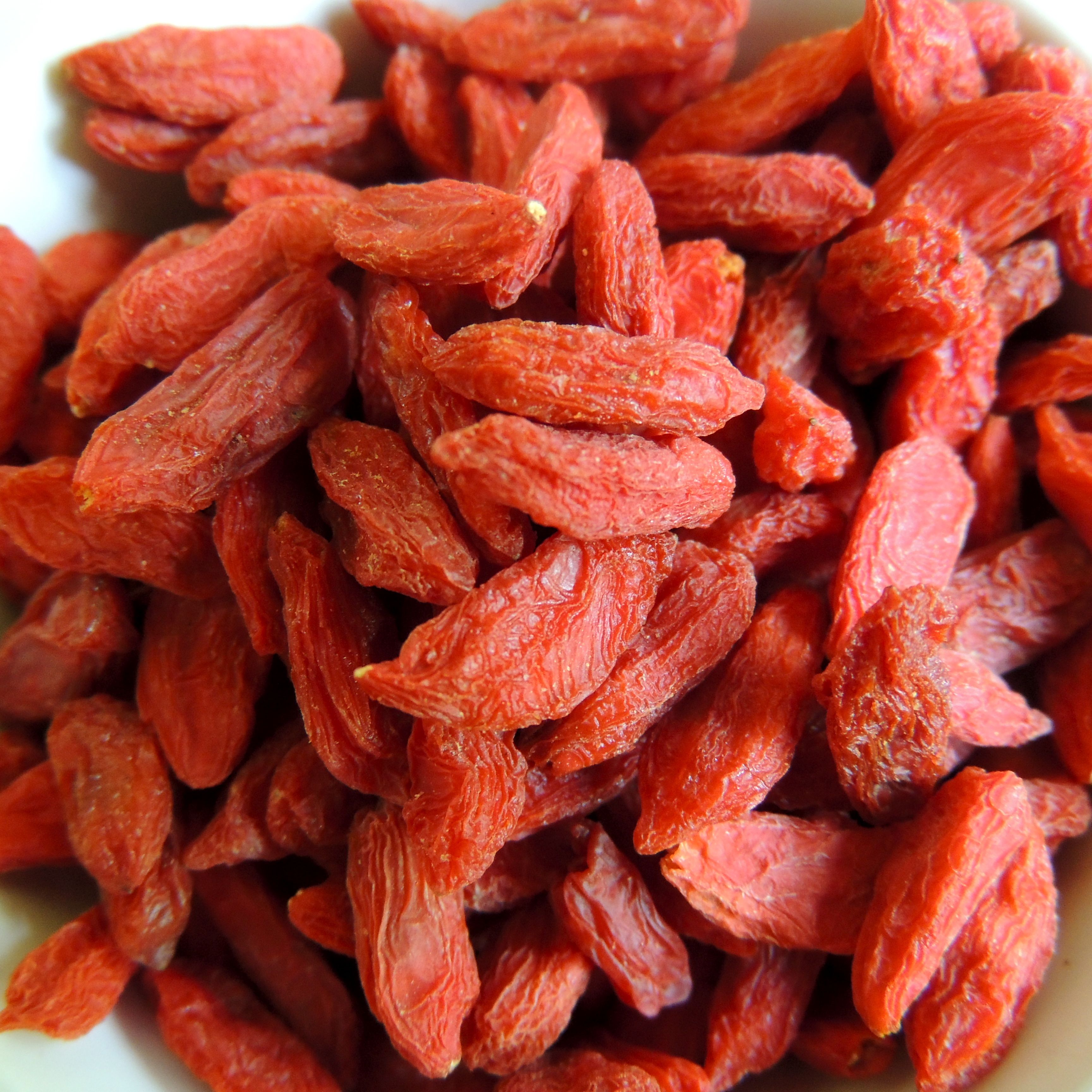
Goji berries, or wolfberries, are charming, bright red-orange berries, native to the dynamic, high altitude climate of the Himalayas. This 5,000 year old superfruit is phenomenally nutrient rich and has been used in Chinese and Tibetan medicine traditions for generations. Considered an herb in Asia, these “red diamonds” have been used as an elite tonic to cultivate well-being and wholesome longevity in consumers. Modern science has revealed that among other benefits, the goji berry includes 5 different carotenoids. Discover more about the benefits of these tasty berries, and find some creative ideas for using them in your everyday routine.
3. Eat Plenty of Eggs
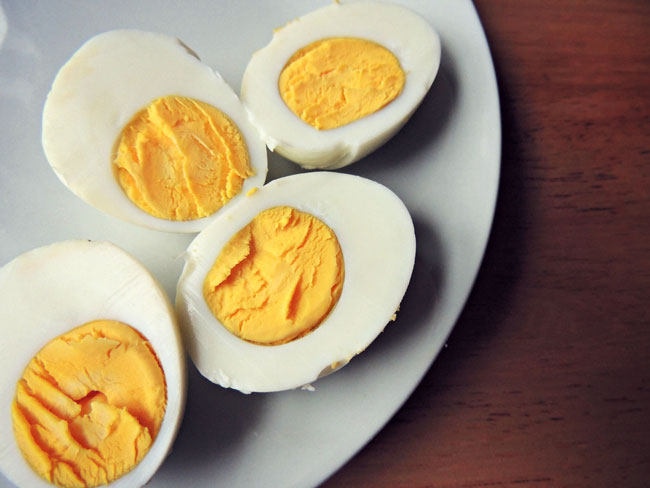
Is there really anything that eggs aren't good for? Just one egg provides up around 200 milligrams of brain-loving cholesterol and contains the valuable vitamins A, K, E, D, B complex as well as minerals iron, phosphorus, potassium, calcium and valuable choline. Carotenoids, specifically lutein and zeaxanthin from green grass, are taken in by chickens and naturally deposited in egg yolks, giving them a rich golden-orange color. This is why you will notice that eggs from pastured chickens have a much deeper toned yolk- a signal that they are full of health giving carotenoids and also important fat-soluble vitamin K2. Learn what labels to look for to find the best eggs near you.
4. Try Astaxanthin
Perhaps the most powerful and least discussed carotenoid, this incredible substance is produced primarily from microalgae. Found to have 550 times the antioxidant power of Vitamin E and 6000 times that of Vitamin C, this heavily researched compound is gaining clout as a powerful therapeutic tool for vision, skin, pain, inflammation and other chronic ailments. Experts recommend that taking 8-12 mg per day yields the greatest benefit for most. Thus while it is found in trace amounts in krill oil and moderately in salmon, you would need to eat 6 oz of fish daily to get just 3.6 mg. Naturally harvested astaxanthin is available in supplemental form, or as added into krill oil to maximize beneift.
5. Include Superfoods
While we always recommend that diet be your primary source of nutrients, there are certainly times in our modern day, where obtaining concentrated amounts from carefully handled superfoods is warranted. Unfortunately, much of the produce that you find in the grocery store nowadays has been sitting for a long time (7 weeks on average) in transportation and storage, and is woefully nutrient-depleted. Add to this the fact that our exposure for environmental toxins is higher than ever, and that our nutritional needs are often increased due to the ravages of chronic stress, and it becomes easy to see why an occasional boost from superfoods can be helpful. Find supplements that are made from real foods, minimally processed and free of additives. There are a lot of great products out there- we like nutrient packed greens blends, and real food derived vitamin c.
Resources
Cohen, Susan. Fiver reasons to take Astaxanthin everyday. Huffington Post 2013, Feb.
Handelman GJ. The evolving role of carotenoids in human biochemistry. Nutrition 2001 Oct;17(10):818-22. 2001. PMID:15100.
Krinsky NI. Carotenoids as antioxidants. Nutrition 2001 Oct;17(10):815-7 2001. PMID:15110.

